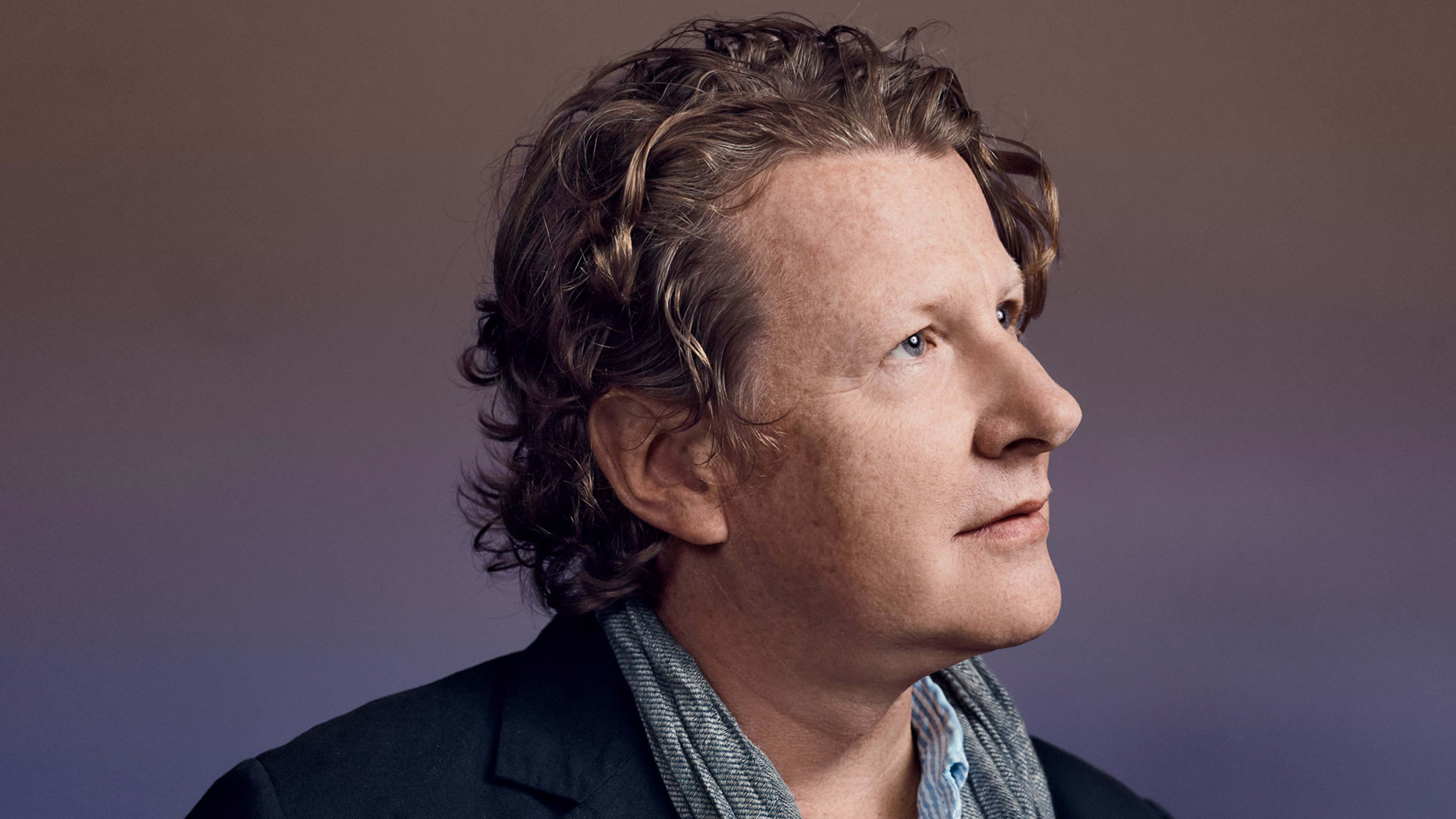Despite technological advances, our ability to communicate meaningfully is deteriorating, says Fred Dust, a partner at creative consultancy Ideo. The remedy, he believes, lies in finding ways to restore real conversation to our daily lives.
Sit Face-to-Face
Real conversation, Dust believes, died with the invention of the television—more specifically, the TV dinner, in 1953. “That was the moment where we invited technology to our dining-room table,” he says. Being talked at through a metal box, instead of talking among ourselves, eroded our capacity for empathy and true dialogue.
Engage Through Adversity
“The times when people are most open to change are when they are coming out of a crisis,” Dust says. “We are seeing crisis after crisis, with no time to have conversation. Talking can be curative and help us find a way forward.”
Study the Elements
Through its new Designing Dialogue project, Ideo is asking the public to submit examples of well-crafted personal exchanges—from culture, history, the corporate world, and everyday life. The idea is to explore “how we can take these historical precedents and apply them to new ways of thinking,” Dust says. “We believe you can design even the way we have conversations at our kitchen table—again.”
Recognize your brand’s excellence by applying to this year’s Brands That Matter Awards before the early-rate deadline, May 3.
